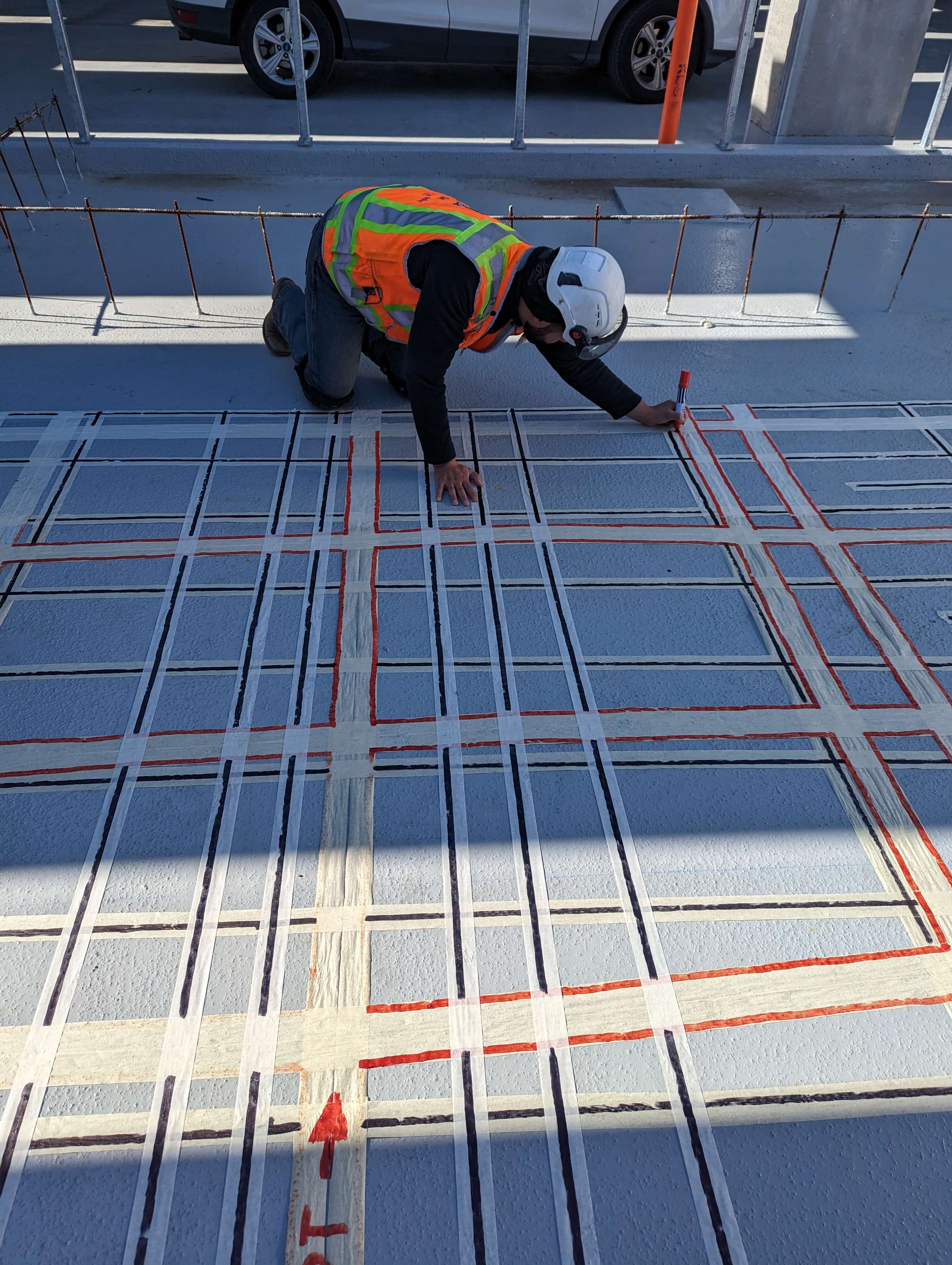Reveal the Transformative Power of Concrete Scanning in Making The Most Of Performance and Safety
Concrete scanning has actually become an important device in the construction sector, offering unequaled benefits in improving task efficiency and making sure safety requirements. By utilizing sophisticated modern technology, concrete scanning enables specialists to see beyond the surface area, uncovering concealed complexities that might affect the architectural stability of a building. The transformative power of concrete scanning depends on its capability to offer comprehensive insights and real-time information, transforming just how projects are planned and implemented. As we delve into the ins and outs of this cutting-edge method, a world of possibilities opens up, showcasing a new period of construction methods that prioritize precision and safety.
Significance of Concrete Scanning
Guaranteeing the structural stability and safety of construction projects starts with the critical action of carrying out thorough concrete scanning. Concrete scanning is a non-destructive technique used to identify and map subsurface components within concrete structures.
Furthermore, concrete scanning helps in optimizing project timelines and spending plan by avoiding unanticipated prices and hold-ups that may arise due to unanticipated obstructions within the concrete. Eventually, investing in comprehensive concrete scanning is a proactive approach that enhances both efficiency and safety and security in building and construction tasks.
How Concrete Scanning Works
Concrete scanning runs as a critical device in building tasks by employing sophisticated technologies to detect and map subsurface components without triggering architectural damage. Ground Penetrating Radar (GPR) and Electromagnetic Induction (EMI) are 2 main methods made use of in concrete scanning. GPR jobs by discharging high-frequency radar pulses right into the surface, which get better when they come across subsurface items or voids. The moment taken for the signal to return shows the deepness and place of the objects. EMI, on the various other hand, uses electro-magnetic fields to recognize variations in material make-ups, such as identifying rebar or avenues within concrete frameworks.
During the scanning process, the information accumulated is evaluated in real-time, permitting instant identification of possible hazards or challenges under the surface. By employing these innovative modern technologies, concrete scanning considerably minimizes the risk of costly damages and injuries on construction sites.
Benefits of Concrete Scanning
Using innovative scanning modern technologies in building jobs supplies a wide range of benefits, improving both performance and safety and security on-site. Among the primary benefits of concrete scanning is the capacity to discover and situate ingrained objects such as rebar, post-tension cable televisions, and channels precisely. By determining these components prior to exploration or reducing right into concrete frameworks, the danger of unintentional strikes is considerably reduced, avoiding prospective injuries to workers and damages to the structure itself. Furthermore, concrete scanning helps in preparation and developing better, as it gives exact information concerning the place and depth of architectural elements.

Study: Concrete Scanning Success

In one more situation, a building and construction company utilized 3D concrete scanning to analyze the problem of aging concrete frameworks in a historic structure. The thorough scans offered valuable understandings into the degree of wear and tear and assisted focus on upkeep initiatives effectively. By proactively resolving areas of concern recognized with scanning, the company was able to extend the life expectancy of the framework and guarantee passenger safety and security.
These case studies highlight the transformative power of concrete scanning in improving performance, precision, and safety in building jobs.
Implementing Concrete Scanning in Projects
Applying advanced scanning modern technologies during building and construction jobs has become significantly vital for improving accuracy and safety. By integrating concrete scanning right into job planning and implementation, building teams can recognize prospective risks, such as rebar or post-tension cables, hidden within concrete frameworks. This positive approach minimizes the threat of accidents, delays, and pricey rework, eventually leading to much more efficient task timelines and budget plans.
To execute concrete scanning properly, job managers ought to team up very closely with skilled scanning specialists to identify one of the most ideal scanning techniques for the certain task requirements. Engaging scanning professionals from the beginning of a job enables the team to produce detailed moved here scanning strategies that attend to crucial areas of concern and guarantee thorough data collection.
Moreover, incorporating concrete scanning into routine task workflows can streamline decision-making processes, as real-time scan data supplies immediate understandings right into the condition of concrete frameworks - Concrete Scanning. This data-driven strategy promotes notified analytic and enables groups to make changes without delay, fostering a society of efficiency and security throughout the task lifecycle

Conclusion
To conclude, concrete scanning plays an essential function in enhancing effectiveness and security in building and construction projects. By making use of advanced innovation to spot and map out underlying structures within concrete, this procedure helps to avoid expensive blunders, guarantee structural honesty, and lessen risks on website. With the capacity to discover covert elements and give accurate data, concrete scanning verifies to be a valuable tool for enhancing job end results and optimizing overall success.
Concrete scanning is a non-destructive method used to spot and map subsurface aspects within concrete frameworks. In addition, concrete scanning aids in maximizing task timelines and budget by preventing unanticipated prices and hold-ups that might arise due to unexpected blockages within the concrete. One remarkable case research study entails a large renovation project where concrete scanning played an important function in making certain job success.In another situation, a building and construction business made use of 3D concrete scanning to analyze the condition of aging concrete frameworks in a historic structure. By incorporating concrete scanning right into task planning and execution, building and construction groups can recognize potential hazards, such as rebar or post-tension cable televisions, hidden see it here within concrete frameworks.